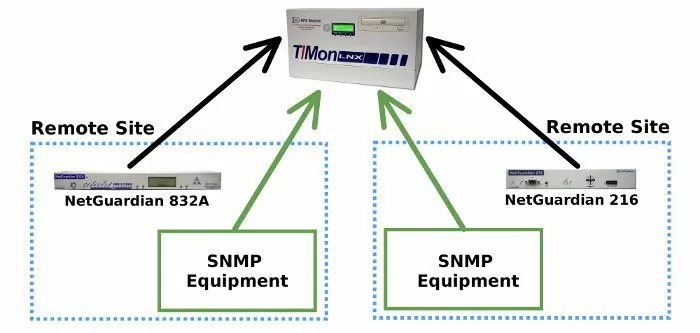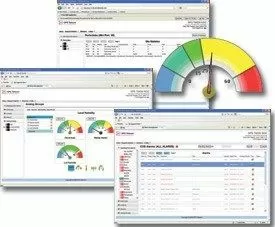Download our free SNMP White Paper. Featuring SNMP Expert Marshall DenHartog.
This guidebook has been created to give you the information you need to successfully implement SNMP-based alarm monitoring in your network.
1-800-693-0351
Have a specific question? Ask our team of expert engineers and get a specific answer!
Sign up for the next DPS Factory Training!

Whether you're new to our equipment or you've used it for years, DPS factory training is the best way to get more from your monitoring.
Reserve Your Seat TodayUnless you have just a handful of network sites, you need an alarm master to centralize your network alarms.
However, not all masters are created equal. Finding one that fits your network and your needs is essential. Here's what you should consider when purchasing a new master or updating your current system.
Networks evolve and change over time. You may add more sites, replace legacy equipment or add new devices. With these changes, it is necessary to also configure them to work with your master. Look for a device that is easy to configure with a user-friendly interface. This will save you time and make your techs happy when it comes time to configure your network.

SNMP is a reality in just about all telecom networks. When you add a new SNMP device to your network, you must compile a MIB file provided by your new device's manufacturer into your master ("SNMP Manager").
If you have a master with an easy configuration interface, you'll simply browse to the MIB file, maybe wait a few minutes, and you'll be ready to go. But it can be much worse. Consider this awful real-world example:
To add new devices to your network, your master manufacturer forces you to email them MIBs from your SNMP devices. Then, they add them to your "master config" file and return an updated copy to you. This makes you heavily dependent on them for updates, and it can take as long as two or three days to get them back. Plus, your manufacturer has now stolen control from you. At best, they're wasting your time. At worst, they can always start charging you for updates whenever they decide they need a little quick revenue.
When you choose a master, purchase one that allows you to complete configuration on your own. For example, you should be able to easily add new devices and update MIBs on your own. When it comes to your remote monitoring, you should be buying tools, not headaches.
Security is a huge concern when you have all your alarm information coming into one location. If you're like many organizations, you've established multiple networks for compartmentalization. Look for a master that has multiple network interface cards (NICs) that allow you to monitor devices on more than one network with out having to bridge them. If an intruder breaches one of your networks, it will safeguard the other ones.
With remote sites, truck rolls are expected. But having a good master can make truck rolls more cost- and time-effective with detailed alarm descriptions. Look for a master that won't just tell you that there is something wrong, but will also give you a clear picture of what exactly is wrong. Rather than sending your tech into a situation blind, clear alarm descriptions can prepare them for what they will encounter ahead of time. You won't waste time or budget returning back to your central office to pick up the right tool or part. You'll take it with you the first time.
The T/Mon Master Station from DPS Telecom is one example of a master station that is secure and easy-to-use. While there are other master stations available, T/Mon has several key advantages:

Plus you will get DPS Telecom's free tech support, money back guarantee and 30 years of monitoring expertise.